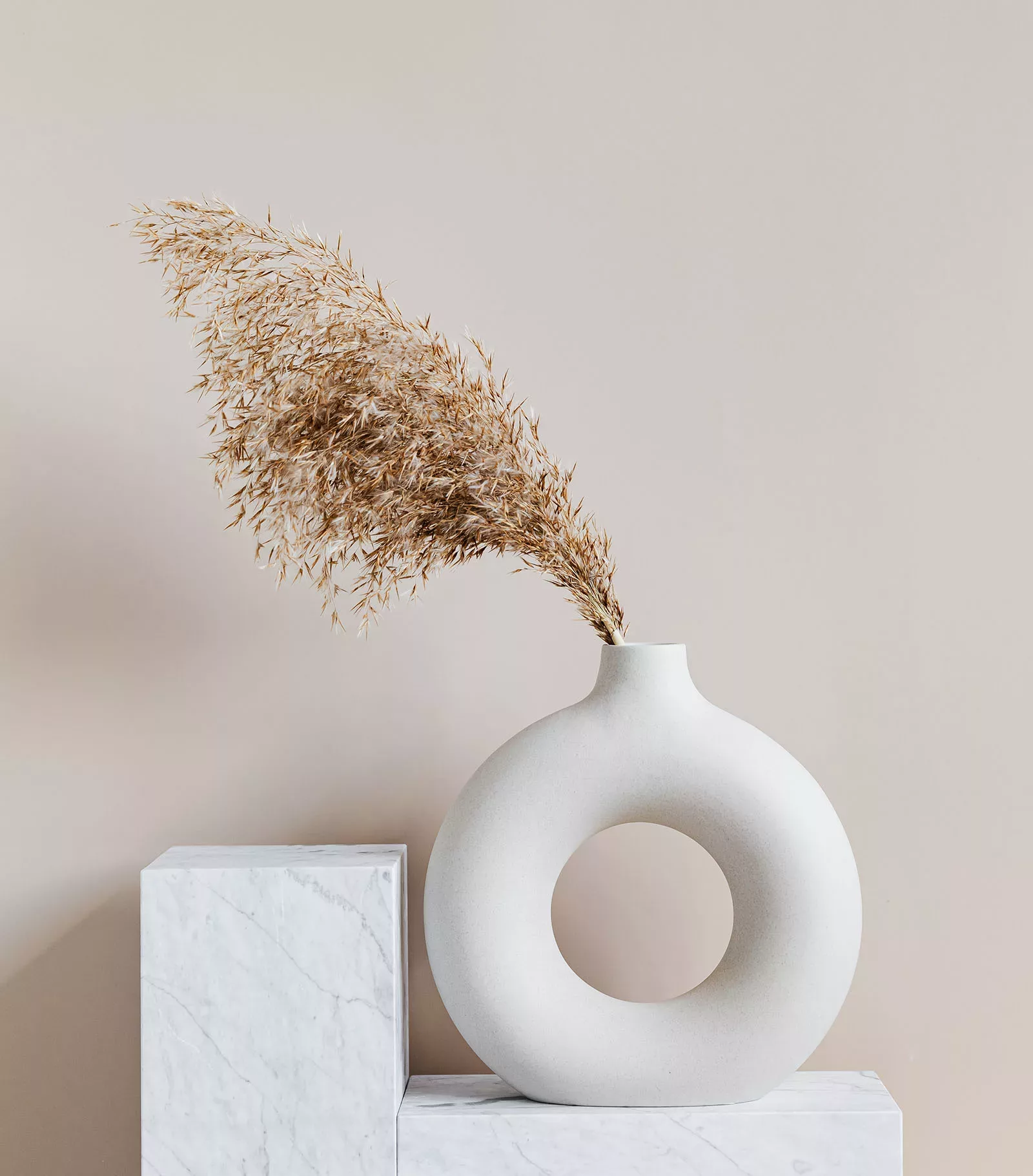In the ever-evolving world of design, success isn’t just about aesthetics—it’s a journey of continuous growth, creative exploration, and mastery of essential skills. As a designer, you possess a unique ability to craft visuals that communicate, inspire, and resonate. In this blog post, we’ll delve into the essential skills that can pave the way for a strong and fulfilling design career.
1. Creativity: The Heartbeat of Design
At the core of design lies creativity—an innate ability to think outside the box and turn imagination into tangible visuals. It’s about pushing boundaries, embracing experimentation, and finding innovative solutions to design challenges. Nurturing your creative spark is essential, as it’s the driving force that sets your work apart and keeps your designs fresh and captivating.
2. Visual Communication: Crafting Compelling Narratives
Design isn’t just about making things look good—it’s about telling a story through visuals. Strong visual communication skills enable you to convey complex messages and emotions effectively. By understanding how colors, typography, and layout influence perception, you can create designs that resonate deeply with your audience.
3. Technical Proficiency: The Art of Mastery
Mastery of design tools and software is a cornerstone of success. From Adobe Creative Suite to 3D modeling software, technical proficiency empowers you to bring your creative visions to life with precision. Stay current with industry trends and advancements to remain competitive in a rapidly changing landscape.
4. User-Centered Design: Creating Meaningful Experiences
Design isn’t just for the eyes—it’s for the users. User-centered design involves understanding your audience’s needs, behaviors, and preferences. By crafting designs that align with user expectations, you create experiences that engage, delight, and leave a lasting impact.


5. Collaboration: The Power of Teamwork
In the collaborative world of design, working effectively with cross-functional teams is crucial. Collaborative skills allow you to merge your creative expertise with insights from colleagues in marketing, development, and other fields. This synergy ensures that your designs align with broader business goals and deliver maximum impact.
6. Time Management: The Art of Efficiency
In a fast-paced industry, time management is your secret weapon. Juggling multiple projects, meeting deadlines, and delivering high-quality work require effective time management skills. Develop workflows, set priorities, and create a balance that allows you to produce your best work consistently.
7. Adaptability: Embracing Change
The design landscape is constantly evolving, with new trends, technologies, and client needs emerging regularly. Adaptability is key to staying relevant. Embrace change, be open to learning new skills, and don’t hesitate to pivot when necessary.
8. Critique and Feedback: A Path to Growth
Constructive criticism and feedback are invaluable tools for growth. Seek feedback from peers, mentors, and clients to refine your designs and expand your perspective. Embrace the feedback loop as an opportunity to learn and enhance your skills.
Conclusion: Forging Your Design Legacy
In the realm of design, success is an ongoing journey fueled by these essential skills. From nurturing creativity to honing technical proficiency and fostering collaboration, each skill contributes to your growth as a designer. Remember that mastery is a continuous process—remain curious, stay adaptable, and embrace the challenges that come your way. As you cultivate these skills, you’ll not only flourish in your design career but also leave a lasting impact on the creative landscape.



